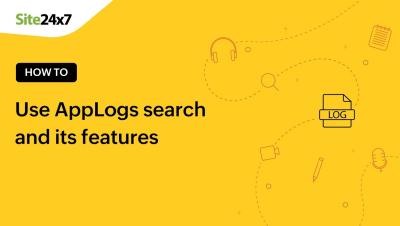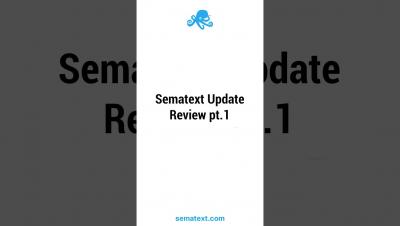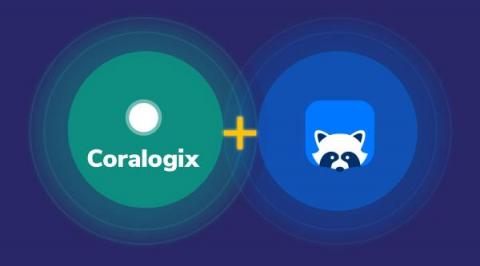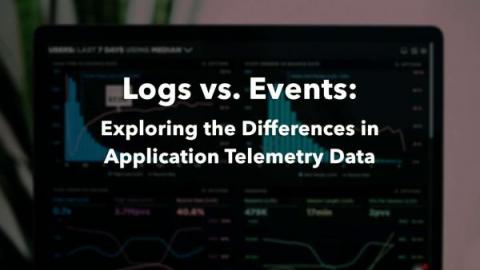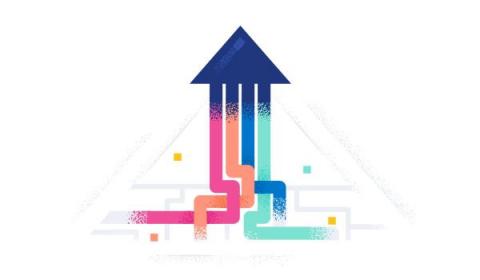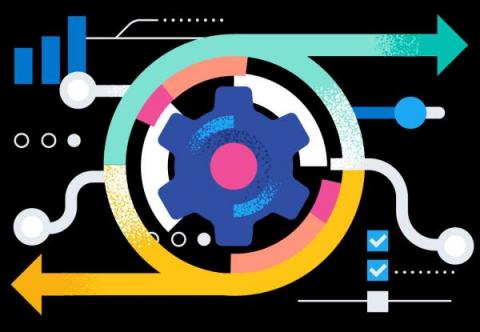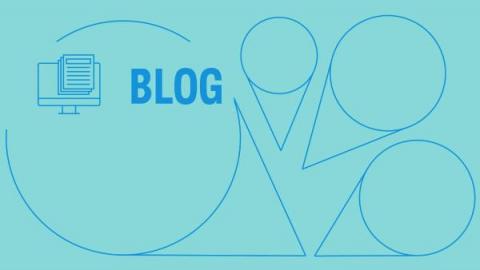Operations | Monitoring | ITSM | DevOps | Cloud
Logging
The latest News and Information on Log Management, Log Analytics and related technologies.
The Leading Use Cases For Data Monitoring
Generally, data monitoring can be referred to as a continuous process of observing and tracking data in order to ensure its integrity, quality, and conformance with specific standards or requirements. Data monitoring often involves systematic data collection, analysis, and reporting to identify patterns, trends, anomalies, and potential issues.
How Coralogix Powers Your Synthetic Monitoring with Checkly
As a leading full-stack observability platform, Coralogix enables you to gather, monitor and analyze your infrastructure and application telemetry. And Coralogix now offers synthetic monitoring for proactive end-to-end testing across development with Checkly.
Docker Compose Logs: Guide & Best Practices
Logs vs. Events: Exploring the Differences in Application Telemetry Data
What is the difference between logs and events in observability? These two telemetry data types are used for different purposes when it comes to exploring your applications and how your users interact with them. Simply put, logs can be used for troubleshooting and root cause analysis, while events can be used to gain deeper application insights via product analytics. Let's review some application telemetry data definitions for context, then dive into the key differences between logs and events and their use cases. Knowing more about these telemetry data types can help you more effectively use them in your observability strategy.
Improving the Elastic APM UI performance with continuous rollups and service metrics
In today's fast-paced digital landscape, the ability to monitor and optimize application performance is crucial for organizations striving to deliver exceptional user experiences. At Elastic, we recognize the significance of providing our user base with a reliable Observability platform that scales with you as you’re onboarding thousands of services that produce terabytes of data each day.
The power of generative AI for retail and CPG
The retail and consumer packaged goods (CPG) industry has undergone significant transformations due to advancements in technology. Technological innovations have reshaped various aspects of the industry, including customer engagement, inventory optimization, and supply chain management. These innovations have helped drive digital transformation, improve operational efficiency, enhance the customer experience, and promote sustainability.
Empowering Observability Engineers: Using Mezmo to Overcome Critical Challenges
The dynamic nature of the IT landscape poses complex challenges for organizations, necessitating the involvement of observability engineers. These skilled professionals have become indispensable in addressing critical pain points and optimizing system performance. In this blog post, we delve into the challenges observability engineers face and showcase how Mezmo's comprehensive telemetry solution empowers them to overcome these hurdles and achieve optimal results.
Webinar Recap: The Single Pane of Glass Myth
The observability landscape is constantly changing and evolving. Despite this, one question often plagues operations leaders: "How can we consolidate disparate data sources and tools to view system performance comprehensively?" These leaders have sought the answer in a single-pane-of-glass solution. However, as Jason Bloomberg and Buddy Brewer discussed in the Mezmo webinar "Solving the Single Pane of Glass Myth," this idea is more myth than reality.


